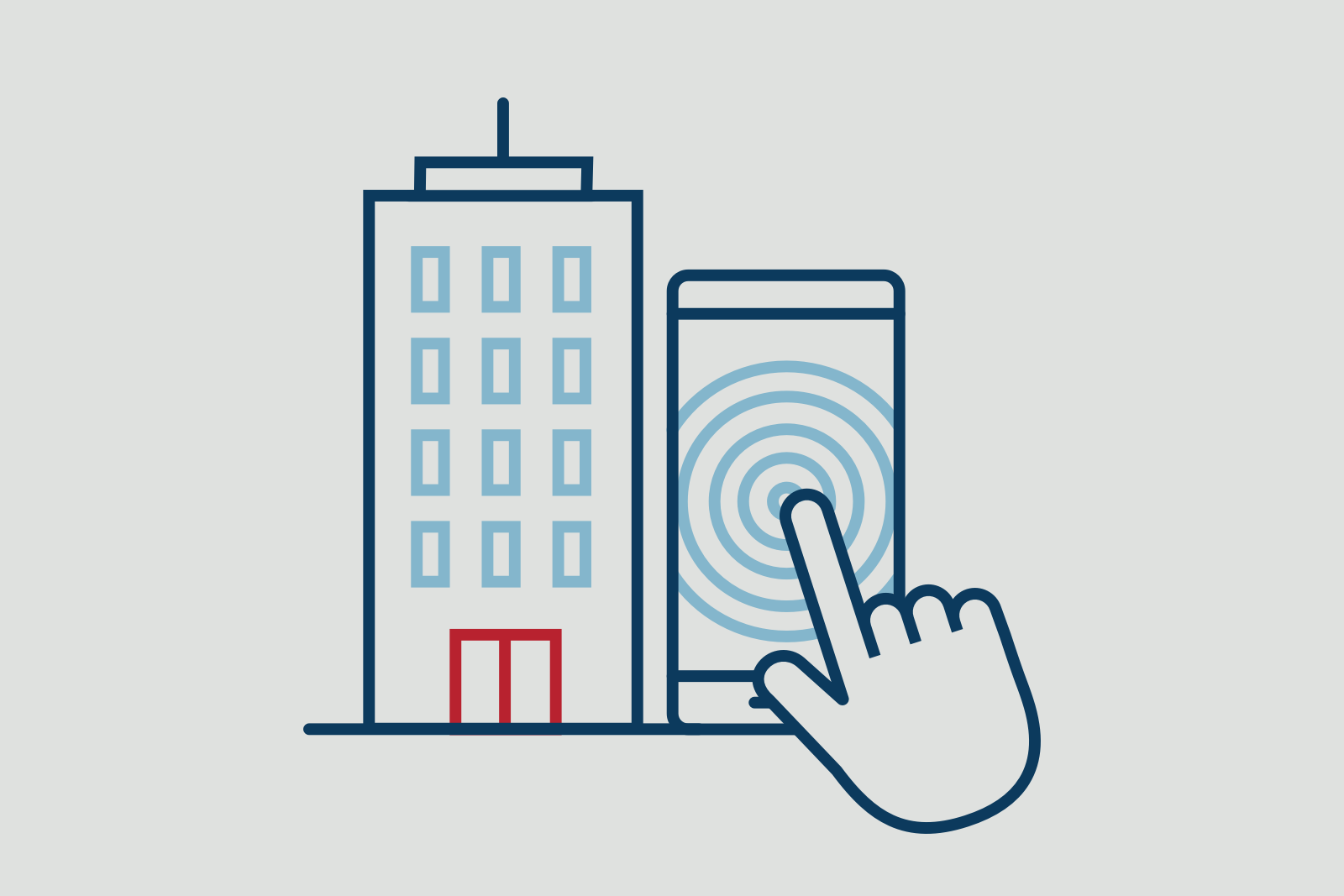Retail Offers Consumers New Ways to Escape

Retail therapy—that little jolt of happiness we experience when we make a purchase (or two or three) online or in-store—is getting an upgrade.
Driven by expanding technology, pandemic-inspired changes in consumer behavior, and our urge to retreat from a stressful world, retail therapy is being edged out by retail escapism: immersive experiences, both in-store and online, that blur the lines between shopping, entertainment, education, and socialization.
Experience holds the center
From gamified online shopping to multisensory in-store experiences, retailers are ushering in a new generation of experience-centered purchasing.
The shift is perhaps a natural evolution for millennials, who report valuing experiences over things. But the change reflects a wider preference change, with 43% of shoppers across generations saying they’re likely to spend more money with retailers that offer meaningful in-store experiences.
Some retail analysts even predict retail escapism will lead to a resurgence of the shopping mall. That reimagined mall would likely include collaborations and partnerships between retailers across categories to create immersive experiences that blend retail, dining, entertainment, and services instead of discrete stores displaying racks of goods.
Meanwhile, consumers in that not-so-far-off future will likely have plenty of opportunities to engage in retail escapism without leaving home. Advancements in technology and expansion of the metaverse promise to create entirely new online shopping adventures. As video games and social media continue to gain traction as shopping platforms, the lines separating entertainment, socializing, and shopping are fading.
Escape hinges on ease
Of course, an experience will only feel like an escape if it’s free of friction. Addressing pain points in the customer experience is essential. Whether in-store or online, the shopping experience must be efficient, reliable, and pleasant before a customer can become immersed in a deeper sense of escape.
Due to pandemic lockdowns, retailers accelerated their adoption of new technologies and expanded services to make online shopping seamless, convenient, and accessible. E-commerce sales surged 43% during the first year of the pandemic, and increased online shopping is believed to be a permanent habit for consumers.
Moving forward though, online shopping will be much more than convenience and value. “Consumers have come to expect fast and free delivery and returns,” said one retail analyst. After COVID, “it’s about immersion and discovery.”
Has your brand considered offering retail escapism? Let’s look at three ways brands are doing just that.
1. Gamification
By incorporating elements of play and fun into the shopping experience, gamification engages and entertains customers in-store and online—and strongly appeals to customers who yearn for more than a transactional relationship with their favorite brands. Impressively, the gamification market is expected to reach a valuation of $30.7 billion by 2026.
Gamification nurtures a participatory culture that engages new customers and builds loyalty over time. Wide-ranging retailers, from discount giant TJ Maxx to the luxury fashion house Hermès, have incorporated gaming elements into apps and promotions. For example, Lazada, the No. 1 shopping and ecommerce platform in Southeast Asia, employs a host of gamification strategies, including daily bonuses, collectible rewards, countdown timers, and prize giveaways. One of their most effective games, Slash It!, provides a discount on a specific item if a customer can enlist enough friends and followers to click on a personalized promo link.
Despite gamification’s growing popularity, its future may not be about physical purchases. The expansion of the metaverse and world-building games opens up new opportunities for brands to connect with customers in the digital world. For example, Gen Z spends a great deal of time escaping into the metaverse and are receptive to a retail presence within online experiences. In fact, one third of Gen Zers would like to see brands build virtual stores, and 30% support brands selling skins and apparel for digital avatars like Forever21’s Roblox store.
2. Immersive experiences
As the pandemic began to ease, some consumers eagerly returned to brick-and-mortar stores. Others, preferring the efficiency of online shopping over in-person browsing, need unique in-store experiences to bring them back. Thankfully, today’s technology enables retailers to create entirely new offerings—even providing customers a chance to explore parts of the world that are otherwise inaccessible.
For example, most people will never visit Antarctica, but Canada Goose’s Toronto store offers an immersive journey, inviting shoppers to travel through a virtual snowstorm, a cold room that reaches -12°C (about 10°F), and a virtual mountain pass via an interactive floor that simulates ice cracking underfoot. Customers can try on and test apparel under these simulated conditions (no inventory is available on-site), and purchases are shipped directly to their homes.
Meanwhile, Vans—the skateboarding-centered shoe company—describes its experiential stores in Chicago and London, plus its pop-ups around the world, as “hubs for creative expression.” Each House of Vans store offers an in-store skatepark, a variety of dining and event spaces, arts installations, and experiences, including free concerts. Visitors can take skateboarding lessons or just socialize; shopping is an option but not the primary focus.
3. Omnichannel personalization
The ultimate shopping escape just might be personalization. Being recognized and catered to at every touch point gives consumers opportunities to temporarily lose themselves in the experience.
Luxury fashion retailer Rebecca Minkoff’s omnichannel approach includes giant touchscreen walls that invite shoppers to browse inventory and add items to a dressing room. Customers receive a text letting them know when the selected items are ready; finally, after trying on the items, shoppers can even check out using the interactive dressing room mirror.
Another brand that makes personalization a focus is Nike. The brand’s New York flagship store offers 55,000 square feet of unique experiences, including a shoe bar where customers can fully customize Air Force 1 shoes. Cameras and sensors surround the basketball court, treadmills offer visitors feedback on their performances, in-store trainers use the data to provide advice, and assistants analyze results to make product recommendations. Meanwhile, in the Nike app, shoppers can access early product drops and solicit styling advice from experts. The brand’s Nike Training Club app puts the brand’s gear to work with personalized home workouts; and its SNKRS app helps sneakerheads locate rare and highly sought-after pairs plus sign up for personalized notifications on new drops.
Retail escapism, whether in-person or online, gives consumers the chance to explore a variety of thrilling new experiences that would’ve been completely unimaginable a decade ago. Have you escaped via your favorite brand? If not, it likely won’t be long until you do. More importantly, where will you take your brand’s customers?
Barb Olson is vice president, strategic services for The Lacek Group, a Minneapolis-based data-driven loyalty, experience, and customer engagement agency that has been delivering personalization at scale for its world-class clients for more than 30 years. The Lacek Group is an Ogilvy company.

